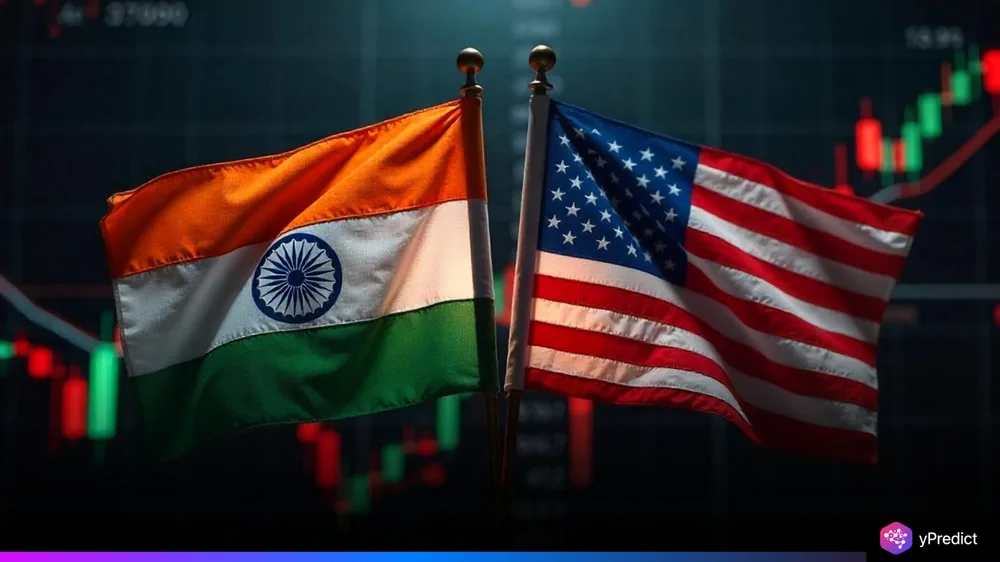
The USD/INR pair rallied to 86.90 on Monday, but the Indian Rupee remains under pressure due to rising crude prices, increased geopolitical risk, and a surprising rate cut from the RBI, all contributing to weaker overall investor sentiment.
India’s HSBC Composite PMI for June exceeded expectations, jumping from 59.3 to 61, but this uptick was of no relief, as global markets focused on the aftermath of U.S. airstrikes on Iranian nuclear sites.
Global Tensions Spark Risk Aversion, Boost USD Demand
The U.S. Dollar Index (DXY) rose above 99.00 as traders rushed into safe-haven assets. This came after the U.S. launched strikes on Iran’s Fordow, Natanz, and Esfahan nuclear facilities, drawing a sharp response from Tehran.
Iran now threatens to block the Strait of Hormuz, a vital oil transit route responsible for a quarter of global oil flow. Brent Crude surged to $78.80 per barrel, its highest in five months, raising concerns over India’s import bill.
According to Bernstein, a $10 crude price rise could increase India’s current account deficit by 0.11% of GDP. If tensions persist, the Rupee could fall toward 88/USD, analysts warn.
RBI’s Surprise Rate Cut Overshadows Positive PMI Data
The Reserve Bank of India (RBI) unexpectedly slashed the repo rate by 50 basis points to 5.5%, signaling a dovish shift aimed at boosting consumption and investment amid cooling domestic demand. This move, detailed in Friday’s meeting minutes, added pressure on the Indian Rupee despite encouraging economic signals.
HSBC’s flash PMI data showed continued strength in both manufacturing and services, supported by rising export orders and solid hiring. However, a broader global risk-off sentiment dampened market reaction. “Input and output prices are still rising, though more slowly,” said Pranjul Bhandari, Chief India Economist at HSBC, noting that private sector momentum remains intact despite external challenges.
Mixed Fed Signals Stir July Rate Cut Bets
Federal Reserve commentary remains split, with Governor Waller favoring a July rate cut based on a cooling labor market and lower tariff-induced inflation, while Richmond Fed’s Barkin is wary of ongoing price pressures. Meanwhile, USD/INR continues with a bullish tone above the 20-day EMA at 86.10. The 14-day RSI also remained above 60, signifying strong momentum. Robust resistance represents the April 11 high at 87.14, whereas the first level of support is at 86.10.
Conclusion
With oil prices rising, U.S.-Iran tensions escalating, and a dovish RBI, analysts expect the USD/INR pair to remain biased to the upside. Short-term sentiment remains bearish for INR, especially if Brent crude approaches the $100–$110 range projected by Goldman Sachs under a worst-case Hormuz scenario.







